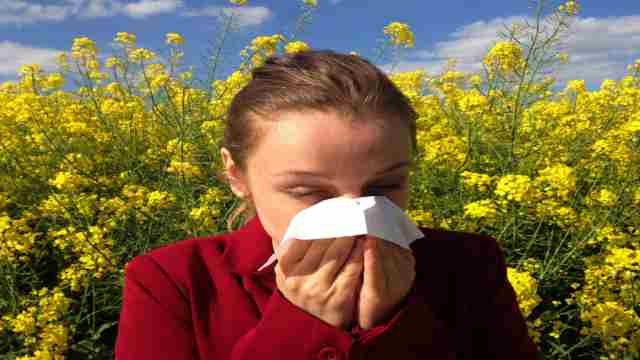Hypersensitivity responses and their associated skin rashes can be uncomfortable and distressing for many people. Symptoms of an allergic reaction: Ranging from mild irritation to extreme hives, these reactions vary in strength and can be triggered by different allergens.
In this blog entry, Allergic Reactions we will delve into the universe of adverse sensitization responses, offering practical experiences across the board of ID and hypersensitivity response avoidance.
Embodiment of unfavorably sensitive responses
Allergic reaction: Hypersensitivity responses are reactions initiated by the body’s immune system to allergens, substances that trigger a safe response that is falsely represented in an unprotected person. Symptoms of an Allergic Reaction Common allergens include dust, pet dander, obvious food sources, bug bites, and medications.
When presented with an allergen, the immune system releases receptors and various synthetic, allergic reactions that cause side effects such as skin rashes, respiratory problems, gastrointestinal problems, and surprisingly dangerous hypersensitivity.
Allergic Reaction Demystifying Unfavorably Sensitized Response Rash
One of the most detectable signs of an adverse allergic response is the development of a skin rash. Symptoms of an allergic reaction on the skin can manifest as a rash in a variety of forms, including:
Hives (urticaria): Hives are raised, inflamed skin that looks pale or red. They often have a red border around them, and their size and shape can vary. Hives can develop quickly and die in practically no time or persist for a long time.
Contact dermatitis due to an allergic skin reaction: This type of rash occurs when the skin comes into direct contact with an allergen or irritant. It regularly appears as red, inflamed and burning skin with a distinct border.
Symptoms of an Allergic Reaction Atopic Dermatitis (Inflammation of the Skin): Atopic dermatitis is a persistent skin condition characterized by dry, irritated, and burning skin. It is often linked to asthma or allergies in the family.
Identifying the cause: Uncovering the root of the allergic reaction rash requires finding the specific allergen that causes the allergic reaction rash in order to effectively manage symptoms. To focus on the cause.
Keep a side effect journal
An allergic reaction can be identified with the help of a comprehensive diary of symptoms, suspected triggers, and possible exposures to the allergen that causes the rash.
Seek direction from an allergist: For intermittent unfavorably sensitized responses or when testing shows detectable evidence, it is suggested to consult an allergist or immunologist. These specialists can conduct tests to determine specific allergens.
Successful monitoring of unfavorably sensitive response flashes
When the allergen causing the response is identified, observing the aversively sensitized response rash has proven to be more practical. Consider using the accompanying methods.
Avoid triggers to avoid allergic reactions: The best method is to limit exposure to allergens. Assuming full stealth is impractical, play it safe to minimize exposure.
Non-prescription medications: For mild allergic reaction rashes, over-the-counter allergy medications and effective corticosteroids can help with itching and inflammation.
Physician-Endorsed Medications: Stronger medications may be prescribed by healthcare professionals to effectively manage symptoms in severe cases.
Avoidance is basic
Preventing an allergic reaction rash involves taking proactive steps to avoid allergens and potential triggers. Follow these preventative tips:
Be Allergen-Mindful: Take necessary precautions and be aware of common allergens and potential sources.
Check Item Names: Carefully read item names to avoid allergens in beauty care products, personal care items, and family items.
Food Sensitivity Executives: If you have food sensitivities, be clear about your dietary requirements when dining out and be aware of cross-contamination.
Symptoms of an allergic reaction
Hypersensitivity responses and comparable skin rashes can fundamentally affect singular prosperity. By catching the triggers and proactively implementing preventive measures, it is possible to monitor the sensitive response flashes unfavorably.
For individual treatment, it is necessary to consult an allergist to determine the specific allergen. Be sure to keep a side effect journal and refer to clinical guidance for recurrent or highly hypersensitivity reactions. With proper administration and mindfulness, people can lead a better, carefree existence.
https://weatherrchannel.com/peanut-butter-protein-balls-nutritious-energy-boost/
Very useful and important information about Butter Protein Balls is provided in the above link which will prove very useful to you.
